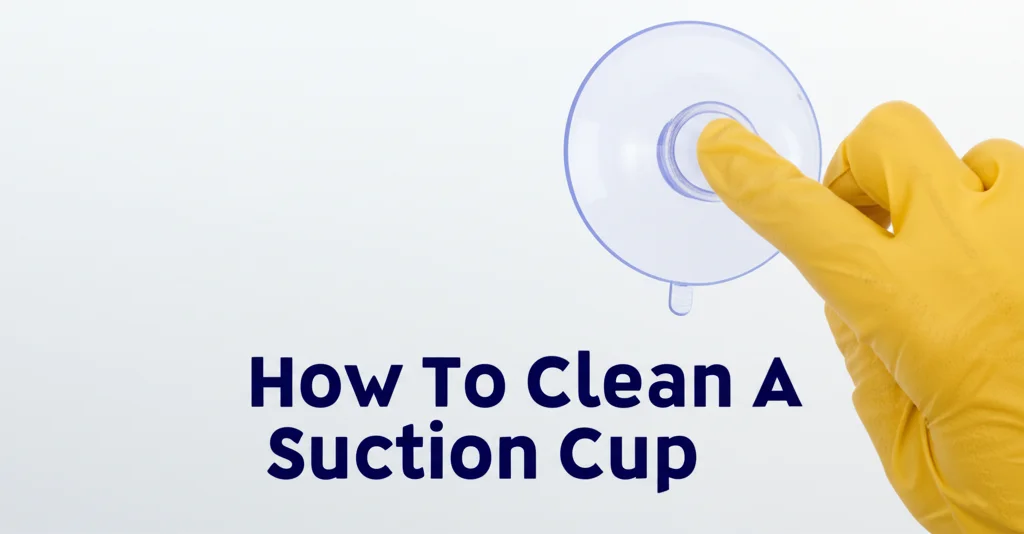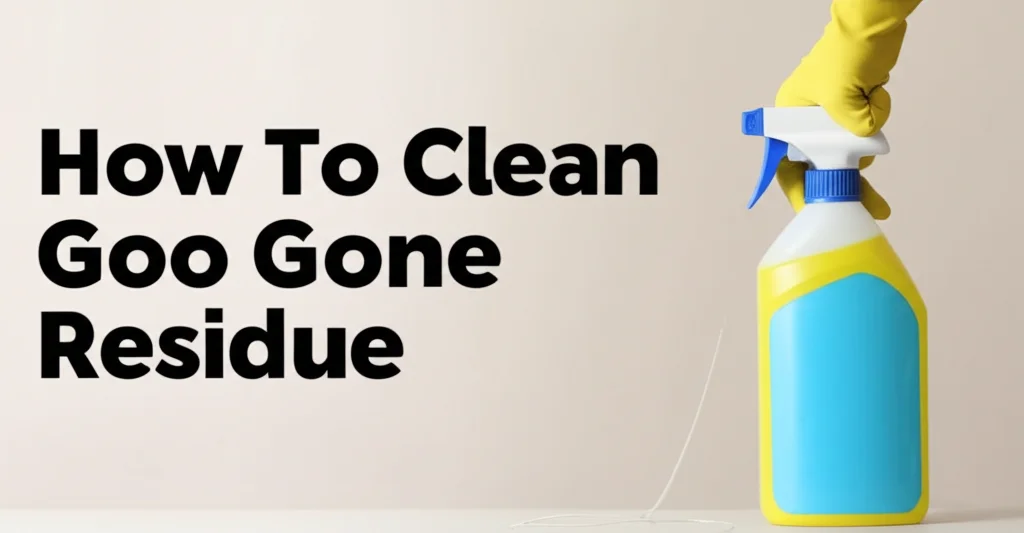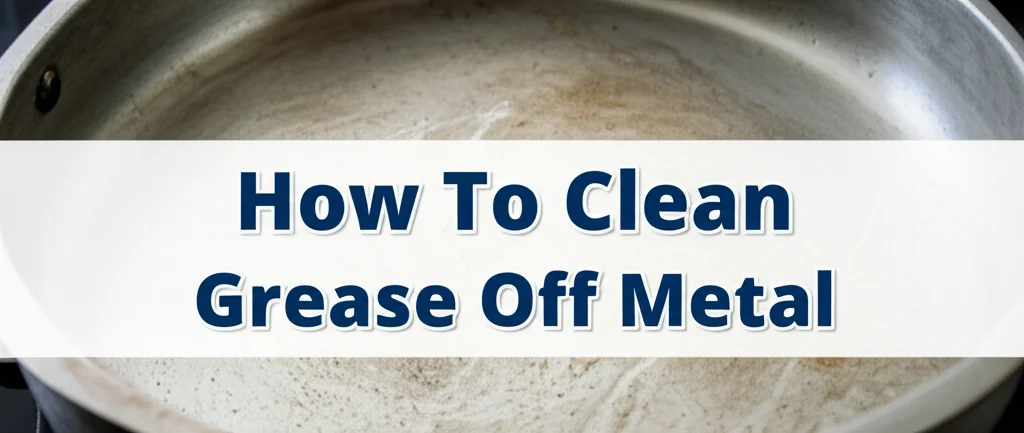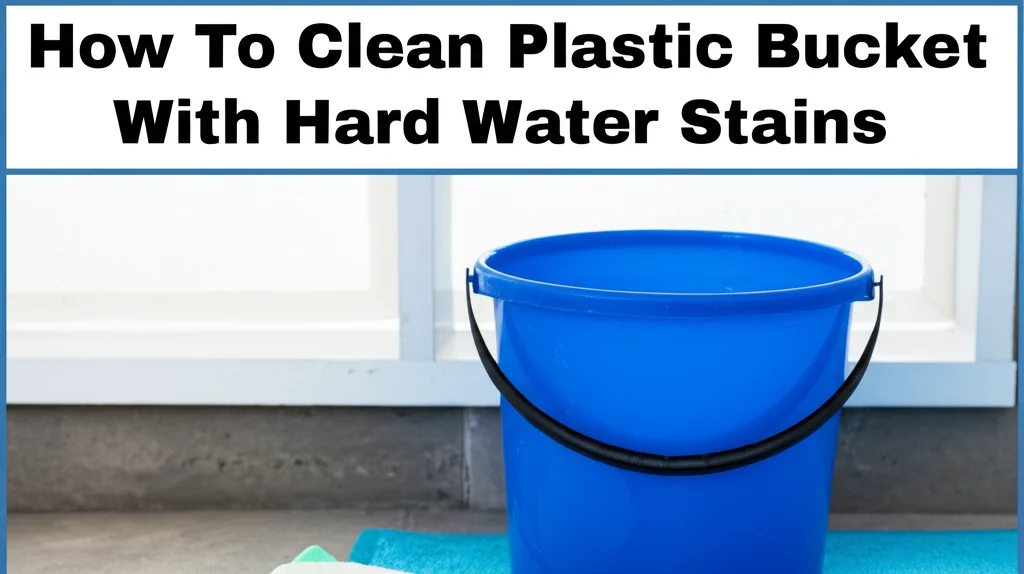· Cleaning Tips · 8 min read
How To Clean Spider Droppings
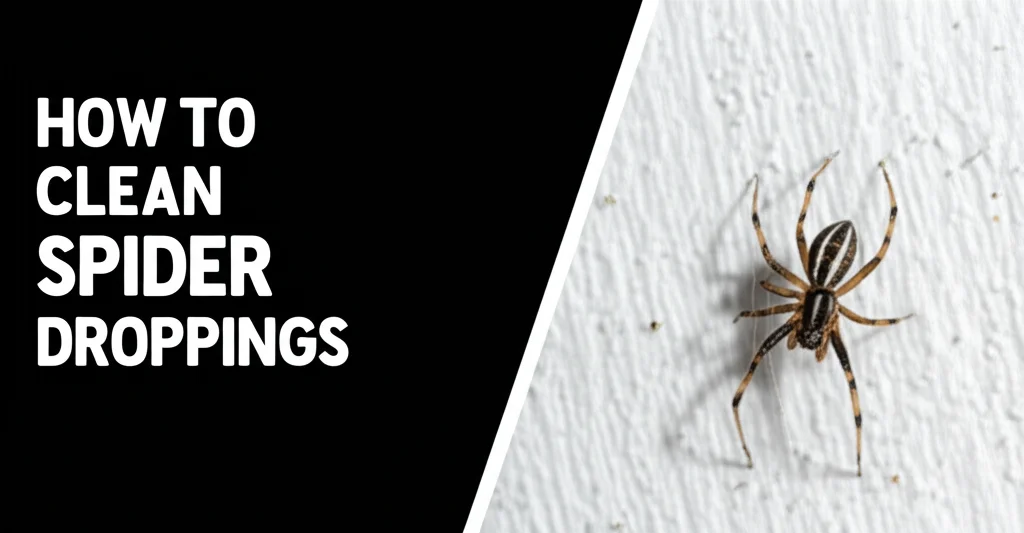
Cleaning Up After Spiders: How To Clean Spider Droppings
Have you noticed tiny, scattered specks around your home and wondered what they are? They might be spider droppings! While spiders are beneficial for controlling other insects, their waste can be unsightly and, for some, a source of concern. This article will guide you through everything you need to know about identifying, safely cleaning, and preventing spider droppings in your home. We’ll cover the best methods for different surfaces and offer tips to keep your space spider-droppings-free.
Spider droppings, also known as frass, are small, dark, and often resemble tiny dots or specks of pepper. They are essentially the undigested remains of the insects spiders consume. Don’t worry, they aren’t harmful, but you likely don’t want them hanging around. This guide will show you how to get rid of them effectively. We’ll explore the best cleaning techniques, preventative measures, and what to do if you have a significant spider problem.
Quick Answer: To clean spider droppings, simply vacuum or sweep the area, then wipe down surfaces with a damp cloth and mild cleaning solution. For stubborn spots, a slightly stronger cleaner may be needed, but always test in an inconspicuous area first.
Takeaway:
- Identify spider droppings by their small, dark, pepper-like appearance.
- Vacuum or sweep to remove loose droppings.
- Wipe surfaces with a damp cloth and mild cleaner.
- Prevent future droppings by controlling spider populations and sealing entry points.
Understanding Spider Droppings: What Are You Dealing With?
Before you start cleaning, it’s helpful to understand what spider droppings actually are. They aren’t like the droppings of mammals; they’re primarily composed of the exoskeletons and other indigestible parts of the insects spiders eat. This makes them relatively dry and easy to remove, but knowing what you’re dealing with can help you choose the right cleaning method. Different spider species will produce slightly different droppings, but they generally all share a similar appearance.
Spider droppings often look like tiny black or brown specks. They can be found in areas where spiders frequent, such as corners, along baseboards, under furniture, and in closets. Sometimes, they’re mistaken for dirt or dust, but a closer look will reveal their distinct, granular texture. If you see a large accumulation, it’s a good indication you have a spider population nearby.
Identifying Spider Droppings vs. Other Debris
It’s easy to confuse spider droppings with other types of household debris. Here’s a quick comparison:
- Dust: Dust is usually lighter in color and feels powdery.
- Dirt: Dirt is often granular but can vary in color and may contain organic matter.
- Insect Droppings (other than spiders): These can vary greatly depending on the insect, but are often stickier or more paste-like.
- Mold: Mold is typically fuzzy or discolored and may have a musty odor.
If you’re unsure, try gently brushing a small amount of the debris. Spider droppings will be dry and easily brushed away.
The Best Tools for Cleaning Spider Droppings
Having the right tools makes cleaning spider droppings much easier and more efficient. You don’t need anything fancy – most of these items you likely already have at home. Preparing beforehand will save you time and effort in the long run. Let’s look at the essentials.
- Vacuum Cleaner: A vacuum with a hose attachment is ideal for removing droppings from hard-to-reach areas. Consider using a HEPA filter to trap allergens.
- Soft Brush: A soft-bristled brush can help loosen droppings from surfaces before vacuuming or wiping.
- Microfiber Cloths: These are excellent for wiping surfaces and trapping dust and debris.
- Mild Cleaning Solution: A mixture of warm water and dish soap is usually sufficient for cleaning.
- Spray Bottle: For applying cleaning solution.
- Gloves: To protect your hands.
Cleaning Spider Droppings From Different Surfaces
The best cleaning method depends on the surface you’re dealing with. Here’s a breakdown for common household surfaces:
Hard Surfaces (Floors, Walls, Countertops)
For hard surfaces like tile, wood, or laminate floors, walls, and countertops, the process is relatively straightforward. First, sweep or vacuum up any loose droppings. Then, mix a small amount of mild dish soap with warm water in a spray bottle. Spray the solution onto the affected area and wipe clean with a microfiber cloth. For stubborn spots, you can use a slightly stronger cleaner, but always test it in an inconspicuous area first. You might also find it helpful to check out https://beacleaner.com/how-to-clean-hardwood-floors-with-vinegar/ for additional hardwood floor cleaning tips.
Carpets and Rugs
Carpets and rugs require a bit more attention. Vacuum the area thoroughly to remove as many droppings as possible. If there are still visible spots, you can try blotting them with a damp cloth and a mild carpet cleaner. Avoid using excessive water, as this can damage the carpet fibers. For tougher stains, consider using a carpet cleaning machine. If you’re dealing with residue from cleaning, you can learn more about removing it here: https://beacleaner.com/how-to-remove-baking-soda-residue-from-carpet/.
Upholstery
Cleaning spider droppings from upholstery requires a gentle approach. Vacuum the surface with a brush attachment to remove loose droppings. Then, test a small, hidden area with a mild upholstery cleaner to ensure it doesn’t damage the fabric. If the cleaner is safe, apply it to the affected area and blot gently with a clean cloth. Avoid rubbing, as this can spread the stain.
Difficult-to-Reach Areas (Corners, Cracks, Crevices)
For areas like corners, cracks, and crevices, a vacuum cleaner with a hose attachment is your best bet. You can also use a soft brush to loosen droppings before vacuuming. For very narrow cracks, a cotton swab dipped in a mild cleaning solution can be helpful. If you’re struggling with grout, consider this resource: https://beacleaner.com/how-to-clean-floor-grout-without-scrubbing/.
Preventing Spider Droppings: Keeping Spiders at Bay
The best way to deal with spider droppings is to prevent them from happening in the first place. This means controlling the spider population in your home. Here are some preventative measures you can take:
- Seal Entry Points: Seal cracks and crevices in your foundation, walls, and around windows and doors.
- Remove Webs Regularly: Regularly remove spider webs to discourage spiders from building new ones.
- Reduce Clutter: Spiders love to hide in clutter, so keep your home tidy and organized.
- Control Other Insects: Spiders feed on insects, so controlling the insect population in your home will also help control the spider population.
- Outdoor Lighting: Reduce outdoor lighting, as it attracts insects that spiders feed on.
- Essential Oils: Some essential oils, like peppermint and tea tree oil, are believed to repel spiders. Dilute a few drops of oil with water and spray around entry points.
When to Call a Professional
While most spider droppings can be cleaned up yourself, there are times when it’s best to call a professional pest control service. If you have a large spider infestation, or if you’re concerned about venomous spiders, it’s best to leave the problem to the experts. They can identify the type of spider, assess the extent of the infestation, and recommend the most effective treatment plan. If you suspect mold growth alongside the spider droppings, it’s also wise to consult a professional, as mold can pose health risks. You can find information about mold removal here: https://beacleaner.com/how-to-remove-mold-from-painted-walls/.
FAQ About Cleaning Spider Droppings
Q: Are spider droppings harmful to humans or pets?
A: No, spider droppings are generally not harmful. They are primarily composed of insect exoskeletons and are not toxic. However, some people may be allergic to spider droppings, so it’s best to avoid direct contact.
Q: How can I tell if I have a spider infestation?
A: Signs of a spider infestation include seeing live spiders, spider webs, and a large accumulation of spider droppings.
Q: What’s the best way to clean spider droppings from delicate surfaces like silk or velvet?
A: For delicate surfaces, gently vacuum with a brush attachment or use a lint roller. Avoid using liquids, as they can damage the fabric.
Q: Will cleaning spider droppings get rid of the spiders?
A: Cleaning spider droppings will remove the visible evidence of spiders, but it won’t necessarily get rid of the spiders themselves. You’ll need to take preventative measures to control the spider population.
Q: Can I use bleach to clean spider droppings?
A: While bleach is a powerful disinfectant, it’s not recommended for cleaning spider droppings. Bleach can damage surfaces and may not be effective at removing the droppings.
Conclusion: Keeping Your Home Spider-Dropping Free
Cleaning spider droppings is a relatively simple task, but it’s important to do it properly to ensure a clean and healthy home. By understanding what spider droppings are, using the right tools, and taking preventative measures, you can keep your home spider-droppings-free. Remember to vacuum regularly, seal entry points, and control the insect population. If you’re dealing with a significant spider infestation, don’t hesitate to call a professional pest control service. Taking these steps will help you maintain a comfortable and pest-free living environment. Don’t let spider droppings bother you – with a little effort, you can easily keep them at bay!

